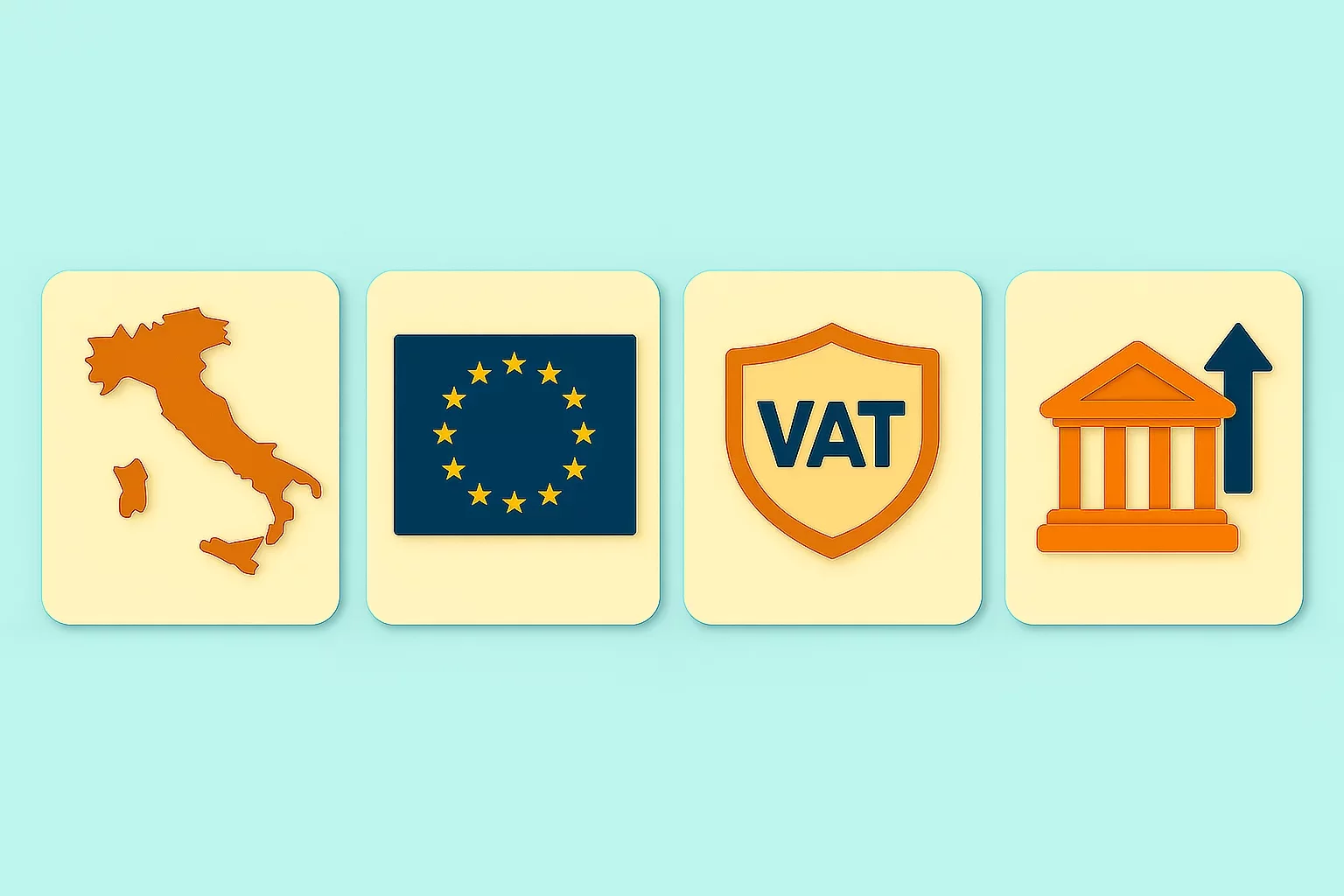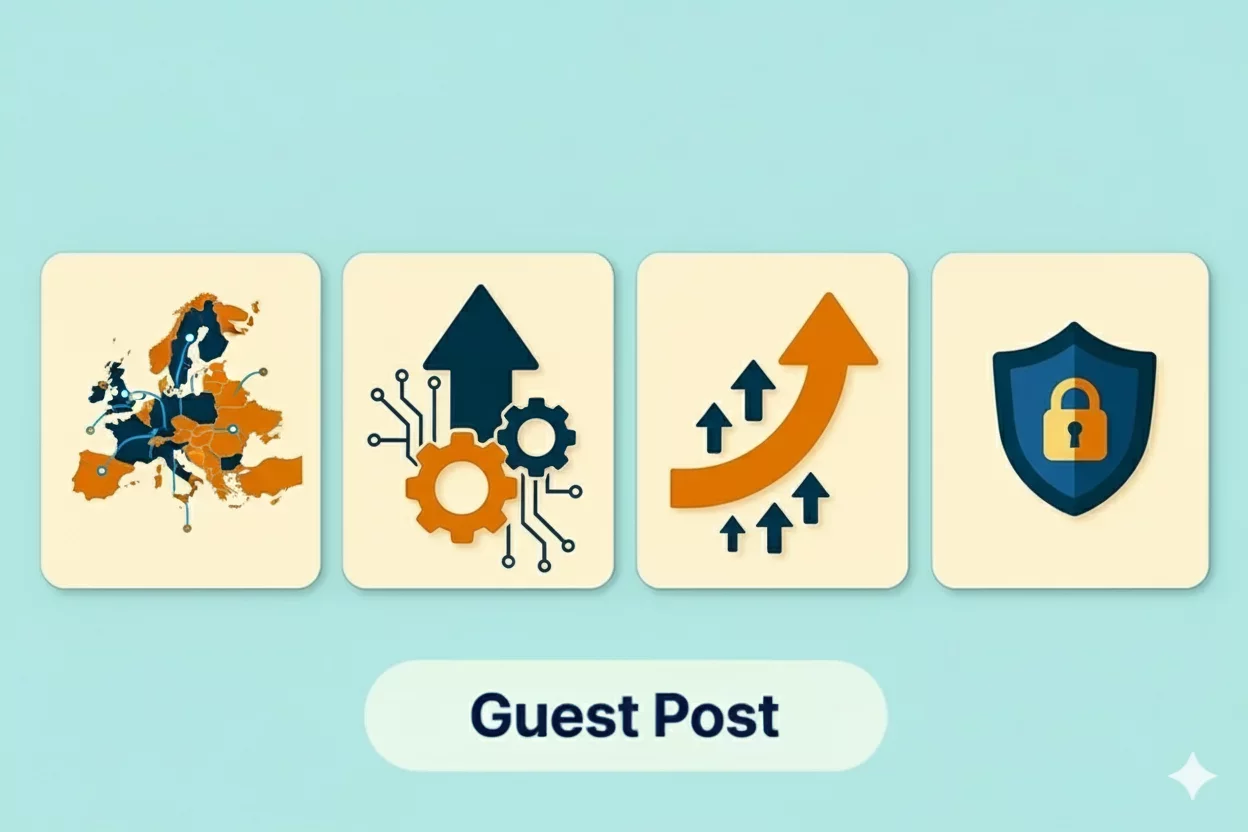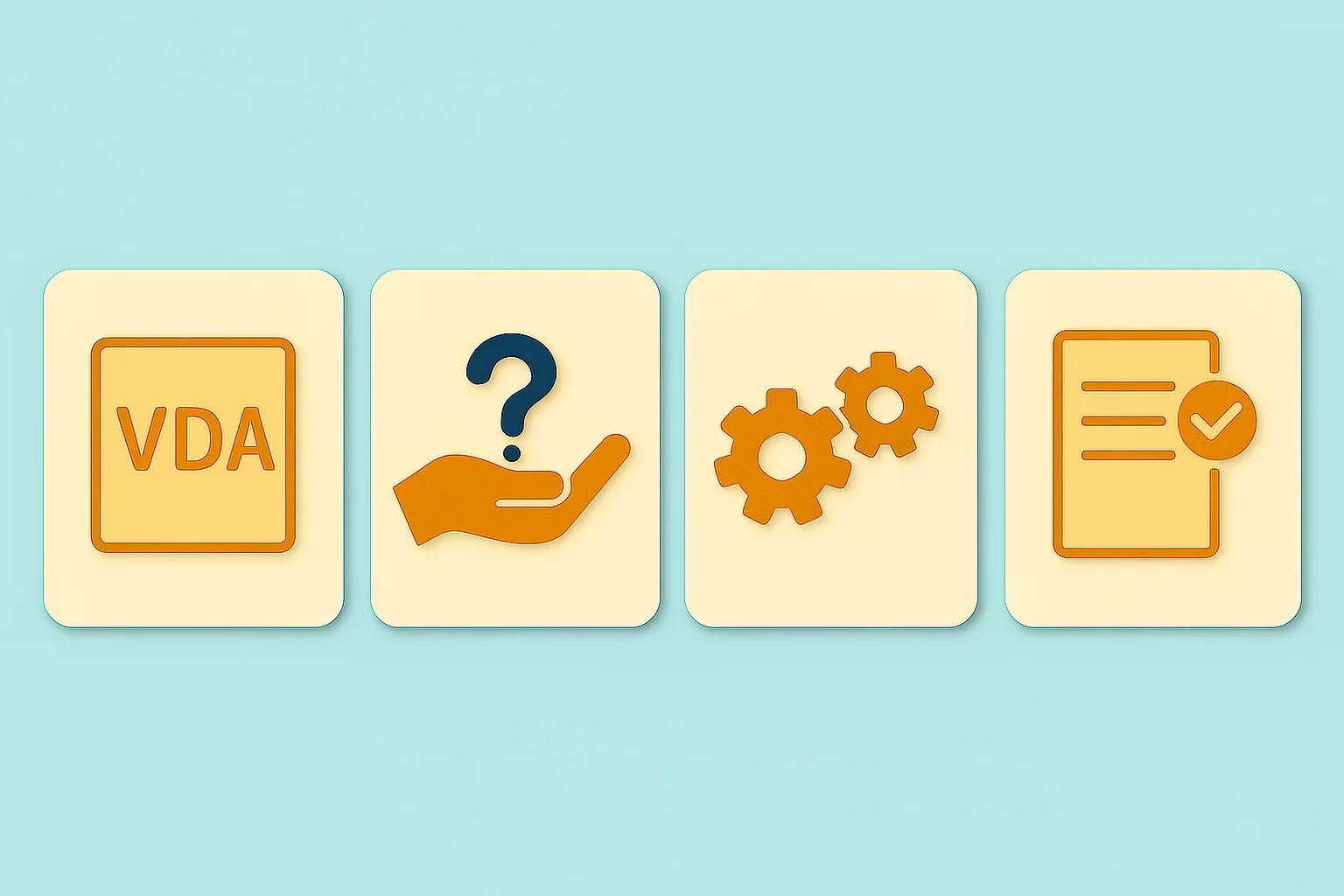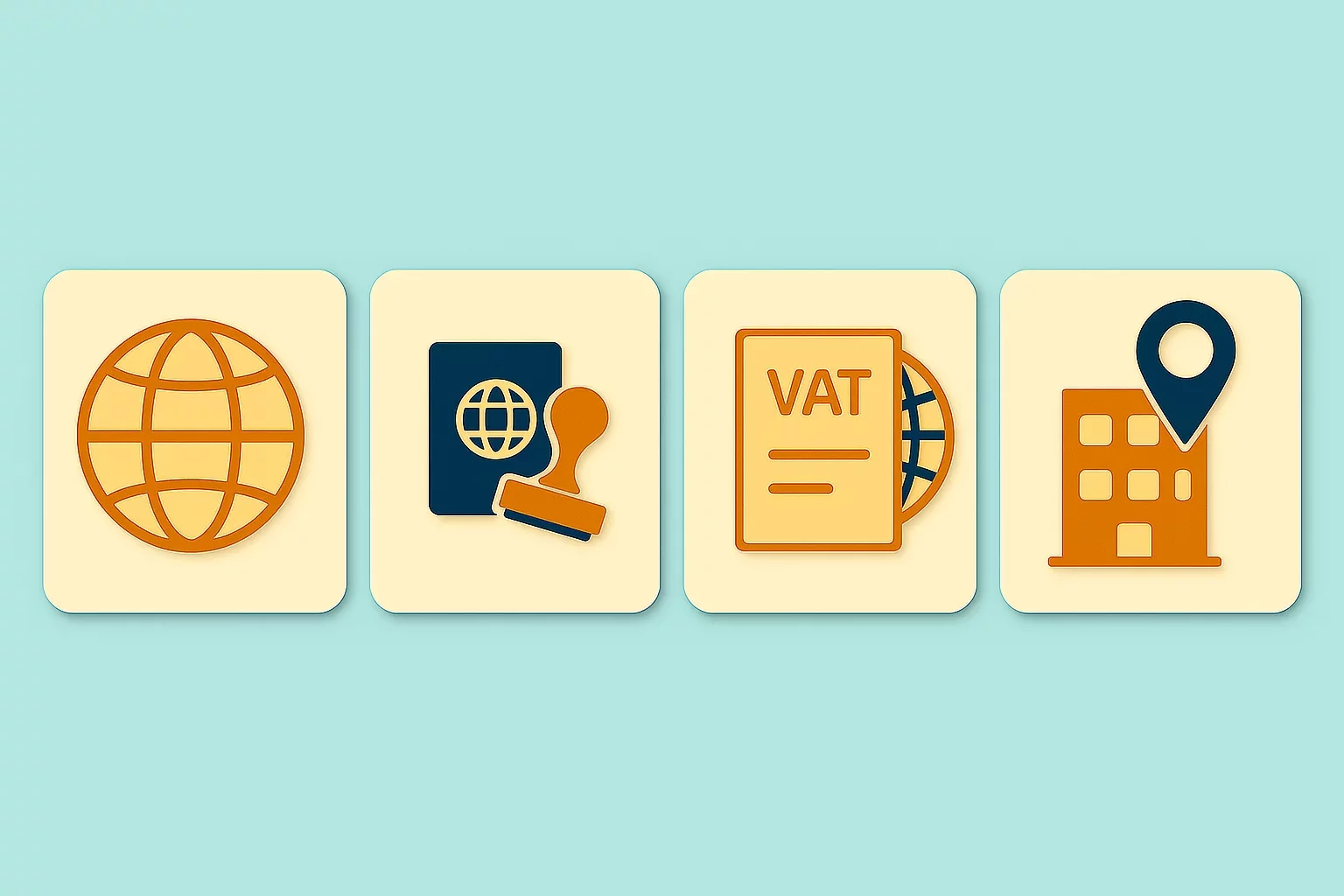Tax Data Lakes & AI: The New Era of Tax Compliance and Transformation

Chapter 1 : The Real King
The world is celebrating the evolution of an advanced version of AI, the tax world isn’t far behind. While big corporations are scrambling to integrate buzzworthy tech into their finance functions, top-tier accounting firms are also pivoting to offer tech-driven tax solutions. Even tax authorities are joining the party and deploying advanced fraud detection tools powered by real-time taxpayer data and predictive analytics.
Despite the hype of evolving technologies, one thing that still remains the king is data. It’s the necessary oxygen for both taxpayers and tax authorities but without the right storage, even the richest data is just a missed opportunity.
The IRS as per their recent reports processed a staggering 271 million tax returns[1] and other forms in 2023 alone. China, India, and other jurisdictions are generating volumes just as vast. Have you ever wondered where all this data is stored and how it is kept secured, searchable, and transformable? The answer lies beyond servers and data centers. Let’s talk about data lakes.
Chapter 2 : The Data Lake
Tax professionals often ask, What is a data lake? So a data lake is like a big server where all the tax data flow to and gets accumulated i.e. Tax returns, Withholding data, real-time transactions, E-invoice and all other compliance records. This data is stored in their original format and is made accessible for further actions. Data lake does not require the data to be stored in predefined tables (like general tax / finance data) but in their raw and original format.
This data is then available for various reference checks, analytics procedures to generate meaningful insights. Using E-invoice data to prepopulate the Value added tax return of a taxpayer is the classic example of this.
Chapter 3 : The Tax Data Lake and Tax Authorities
Tax Data lake has become an utmost necessity for the tax authorities. Gone are the days when departments had to depend on legacy systems and segregated databases to track taxpayer activity. Today, many tax administrations are investing heavily in centralized data lakes to house massive streams of structured and unstructured tax related data.
The tax data lake is like the control room of a digital tax ecosystem. It connects data points across sources like GST filings, Corporate Tax filings, e-invoicing, customs declarations, Withheld taxes (or tax deducted at source) and financial transactions which allows tax departments to run real-time validations, detect anomalies, and even predict fraudulent behavior before it impacts revenue.
A classic use case of data lake is the new age E-invoicing regime wherein the Invoice level data is often used by Tax authorities to prepopulate the Tax Returns. Countries like Brazil, Italy and Spain have already embraced this model. By utilising the Tax Data lake Tax authorities gain power to act instantly rather than waiting for the right data for months and react later.
Chapter 4 : The Tax Data Lake for Large Taxpayers
Large taxpayers have now come a long way on how they view taxes. It's no longer just about filing returns and ticking compliance boxes. Taxes today have earned a seat at the board room table. In the world of tax data lakes, the transactions are already flowing in a real time to the government systems getting validated, analysed, tagged and sometimes even flagged before the return is even submitted.
This new level of visibility has redefined the compliance function. It is not only about filing the returns and reporting the financials, it is also about how clean, consistent and connected the data is.
With the Introduction of E-invoicing and SAF-T requirements, the message is clear- its either Sync or Sink.
Chapter 5 : The Future is a complex lock but data is the key
The future of tax may be powered by AI and automation, but it is pertinent to note that these tools are only as strong as the data behind them. Before jumping into any tax transformation journey, businesses need to ask the right questions:
● Do we have the right data?
● Is it consistent, secure and well-governed?
● Are we still relying too much on external or unverified sources?
Because even the smartest technology can’t correct flawed input. It’s simple — garbage in, garbage out. As we unlock this complex future, one thing is clear: data is the only key that can open every door in the tax transformation story.
[1] https://www.irs.gov/pub/irs-pdf/p55b.pdf

Featured Insights

Europe’s Plastic Fiscal Shift: Why Italy’s Plastic Tax Now Starts in 2027
🕝 December 3, 2025
The Decline of Low-Value Import Exemptions: Closing Gaps in Cross-Border E-Commerce
🕝 November 20, 2025
Europe’s Digital VAT Future Is Already Here, and It Started in Italy
🕝 November 3, 2025
Lithuanian Personal Income Tax: Deductions, Relief, and the Unseen Hand of Economic Activity
🕝 October 27, 2025More News from World
Get real-time updates and developments from around the world, keeping you informed and prepared.
-e9lcpxl5nq.webp)




















-7xdqdopxl6.webp)



-a9bz8kz2cs.webp)































